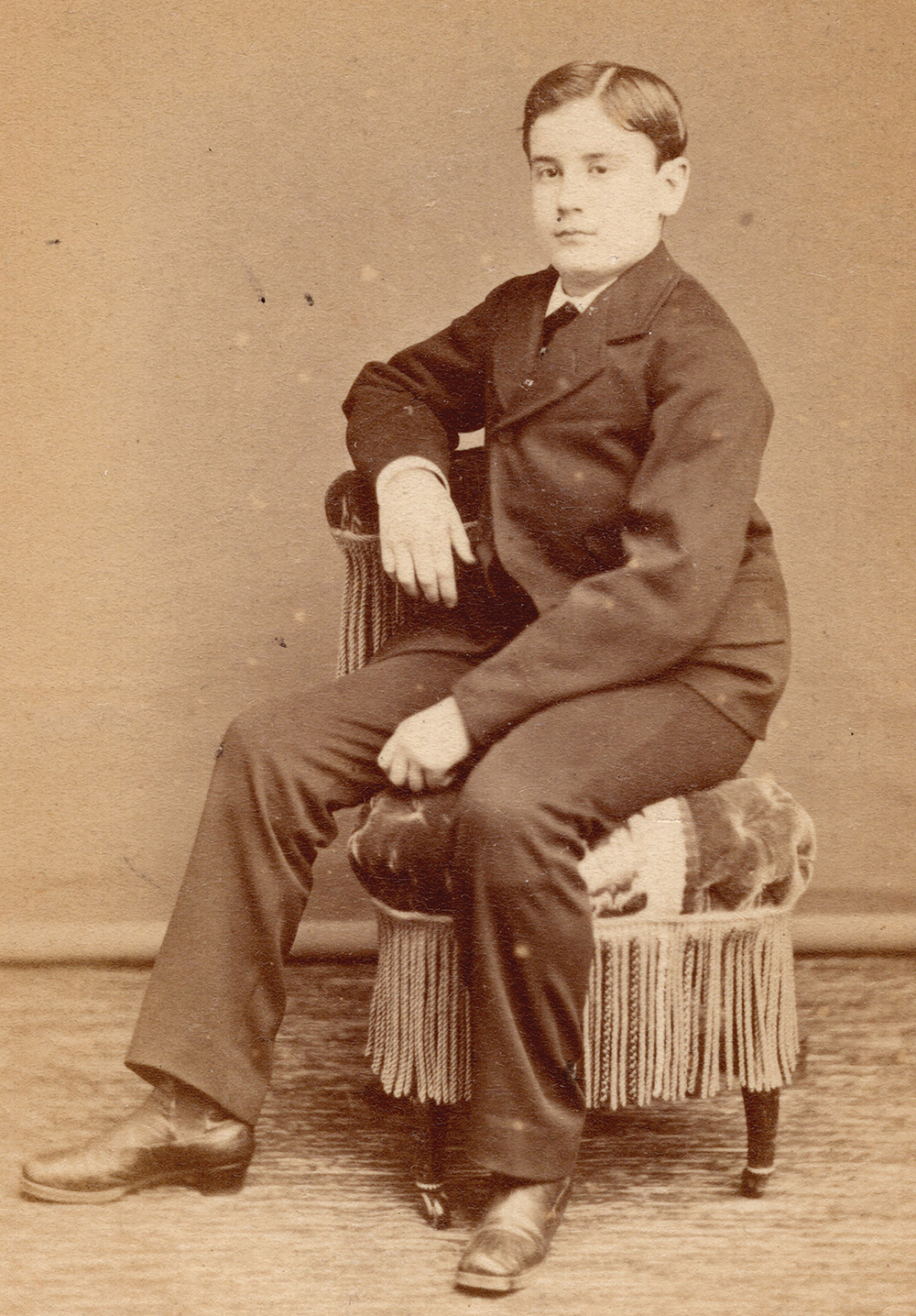A window to your family’s past
By Steven Wade Veatch
Current Contributor
Diaries, diplomas, postcards, letters, birth certificates, and other family documents provide essential information to form a connection with our ancestors—however, it is arguably to photos that we feel the deepest connection.
I work several days per week as a volunteer to preserve old family photos that people have donated to the Benzie Area Historical Society’s Museum.
Looking at these old photos is like peering through a window to another time, another world. While doing this work, I soon realized that dozens of these historic photos do not have any information to go with them. Sadly, there is no way to know who the person is in the photo looking back at me, or where and when the photo was taken. As a result, these photos have little or no value to the museum and add little to the history of the area.
This is one of several problems that involve historic photos, whether they belong to you or to a museum.
The good news is: there are five steps that you can take at home to safeguard your family photos from this same fate.
1. It is essential to identify the people, the place, the date, and the occasion for each photograph. On the back of the photograph and along the edge, write this information—or as much of the information that you have—with a “number two” pencil. The chemicals in an ink pen or other marker will, over time, harm the photograph beyond repair.
2. Try to store photos at a temperature below 70° F; humidity should be between 30 and 50 percent. If the storage location cannot meet these conditions, instead move these photos into an interior room of your house. You should not store photos in an attic or basement, unless there are proper temperature and humidity controls.
3. Avoid exposing photos to light. Ultraviolet light damages photos. A good practice is to display only a copy of the original. You can make digital copies of your photos using a scanner; also, scan any handwriting on the photo’s back. Copy the photos to a thumb drive, and store the drive in a safe deposit box.
4. Limit the handling of your photos, as natural oils from your hands can cause damage. Additionally, rips, scratches, and scrapes can occur each time you work with your photos.
5. A good storage system is essential. One way to organize your family photos is to use archival-quality plastic sleeves that fit into archival three-ring binders.
With care, you can preserve your irreplaceable family photos for those who come after you.
The Benzie Area Historical Society & Museum is open Tuesday, Friday, and Saturday from 11 a.m. to 4:30 p.m. A volunteer is available most Fridays from 10 a.m. to noon to help with questions about your photo archives. If you would like to donate historical photos that are identified and that relate to Benzie County, contact the Society & Museum by emailing benziehistorical@gmail.com or by calling 231-882-5539. Learn more at BenzieMuseum.org and sign up for updates on summer/fall programs by filling out the form at BenzieMuseum.org/events-updates/ online.
SIDEBAR
A Photo at the Museum
By Steven Wade Veatch
I see you in the fading photo looking back at me.
Evidence that shows you lived.
I wonder who you were, touching the world,
learning in a one-room school, following
a deer trail, and then working in a sawmill.
Nothing else mattered. Just years passing by.
You stepped into an unknowable darkness,
then you were gone, and your possessions disappeared—
one
by
one.
As your world collides with mine,
I ask:
What will I leave behind?
A yearbook, a photograph album, postcards, letters.
Will they go to a museum?
Or a dumpster?
Will they fill a cigar box?
I am lucky, I filled
someone’s heart.




